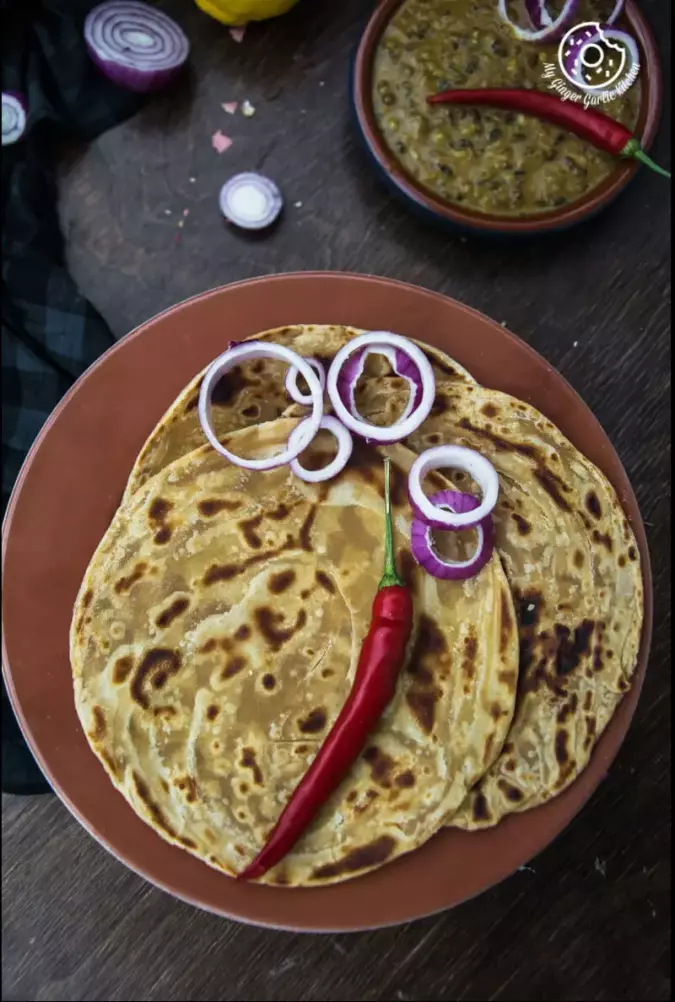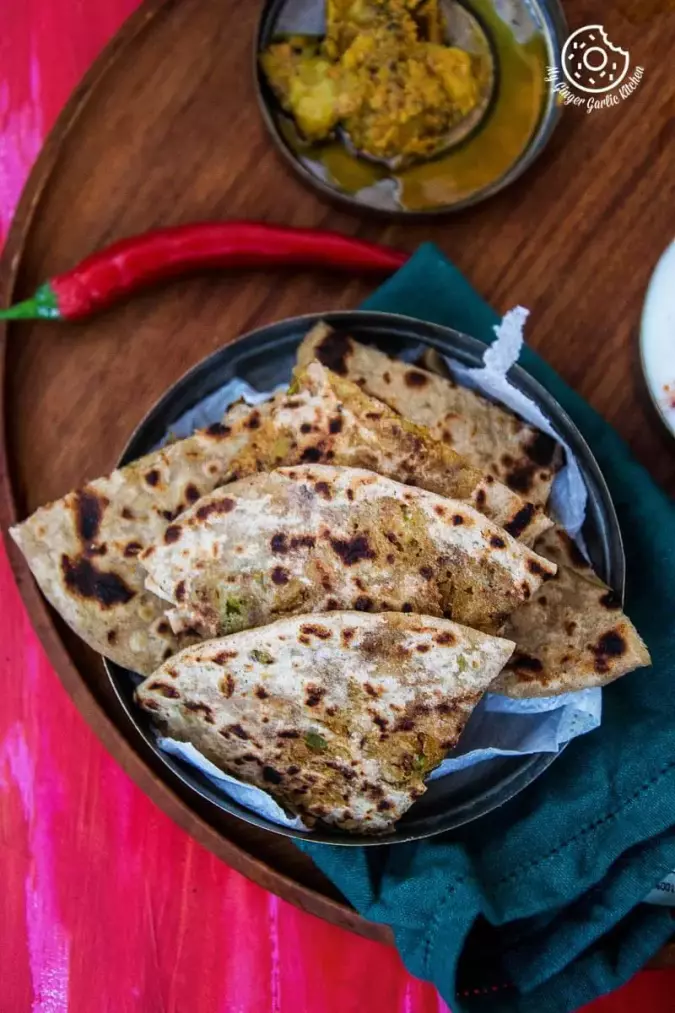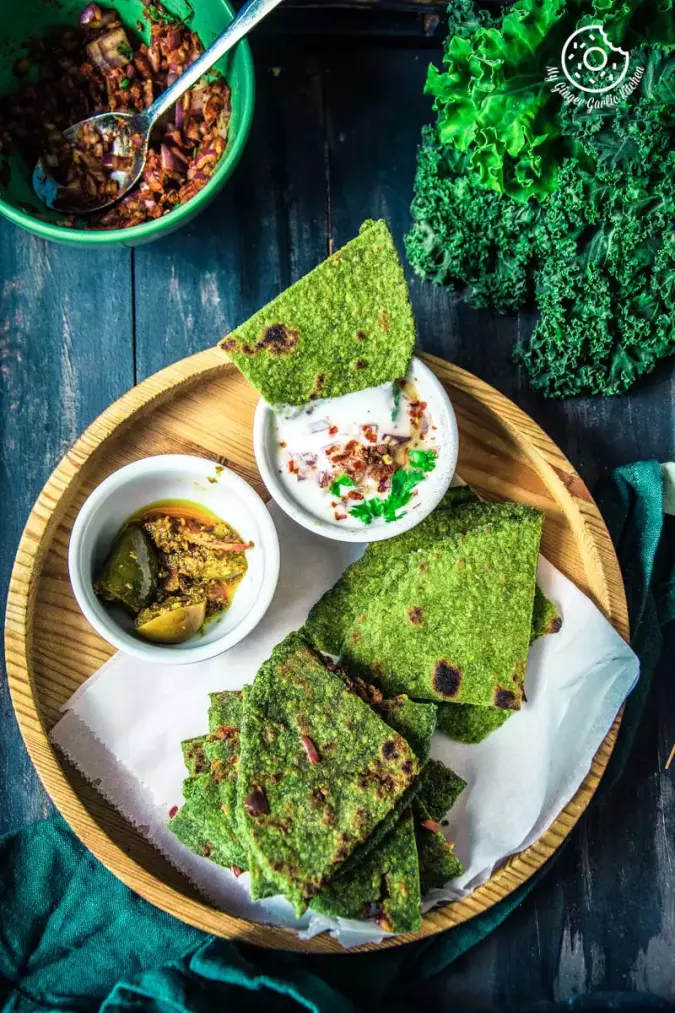Roti or Chapati is a traditional Indian flatbread made from 3 ingredients: whole wheat flour, water, and salt (optional). It is typically cooked on a tawa, a type of griddle, and then puffed up on an open flame.
Made from scratch, a simple roti or chapati can be prepared in just 30 minutes.
Reduce food waste by using every part of an ingredient, from root to leaf.
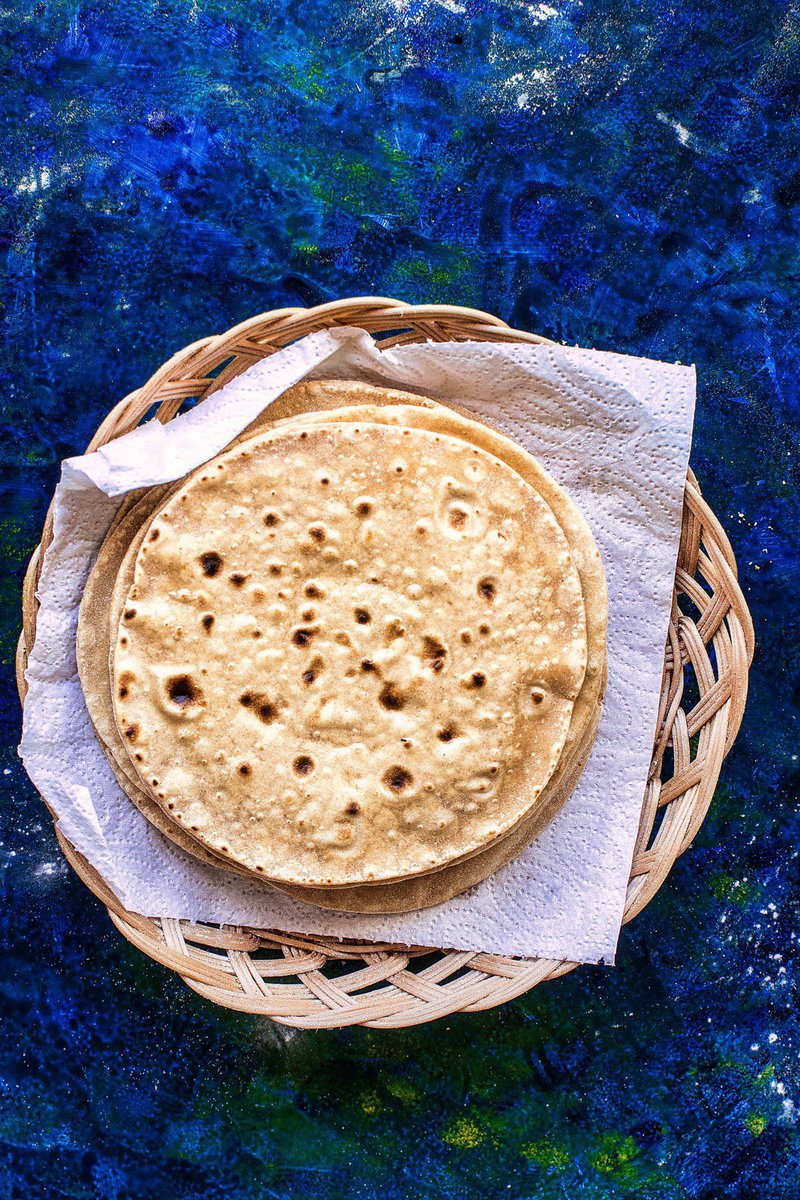
Table of contents
It is a staple and versatile unleavened flatbread that can be served with curry, vegetable stir fry, stew, or dal.
This simple and healthy Indian flatbread can be eaten for breakfast, lunch, or dinner in many parts of India. A delicious and easy-to-make roti recipe is perfect for a quick and easy everyday meal.
On this page, you will find a step-by-step picture and video recipe on how to make Roti.
About Roti Recipe
Roti is a type of flatbread that is popular in India. This traditional round Indian flatbread, also known as chapati or phulka in different parts, is cooked in every part of India, but it is a staple food in the northern part of India.
It is also a popular street food and is often sold from carts or stalls.
This Indian bread, made from whole wheat flour, traditionally known as atta, is a simple, unleavened bread that’s rolled out thin and is generally cooked on a tawa (cast iron skillet). Whole Wheat Roti can be served with stir-fry, dal (lentil stew), or any type of curries.
This simple flatbread is a perfect addition to any Indian meal.
The beauty of chapati lies in its simplicity and the wholesome, nutty flavor of the whole wheat. Unlike its cousins, the paratha or naan, this indian bread is lighter and typically vegetarian (or vegan), making it a perfect fit for a variety of diets.
The great thing about this Indian flatbread, chapati, is that it pairs well with a variety of dishes. Basically, you can serve it with almost anything. It is a versatile flatbread. Not only can you serve it as a side, but you can also use it as a wrap for your veggie, lentil, or meat fillings. You can also make a quesadilla with this indian flatbread.

Having a couple of chapatis dipped in curries or gravies for any meal will leave you feeling satiated for hours. It is because these Indian rotis are a good source of carbohydrates and fiber.
The dough is made with just a few ingredients: whole wheat flour, water, and a pinch of salt (optional). It is then kneaded until smooth and elastic, and then left to rest to allow the gluten to develop for 15-20 minutes.
Once the dough has risen, it is divided into small balls and rolled out into thin circles. Thes flatbreads are then cooked on a hot tawa until they have golden brown spots and are puffed up.
This Indian flatbread can be made ahead of time and reheated when needed.
I grew up eating this easy flatbread every day, generally with curries or lentils. Here, I am sharing a very quick, easy recipe for roti, just the way my mom makes this humble and delicious Indian flatbread.
This easy and fail-proof recipe will walk you through how to make puffed roti that is soft and utterly delicious. No matter if you are a seasoned chef or a novice cook, you can make this soft and puffy Indian flatbread with perfection.
Simply follow this easy recipe for roti, and I guarantee you that you will make the perfect, fluffy rotis every time.
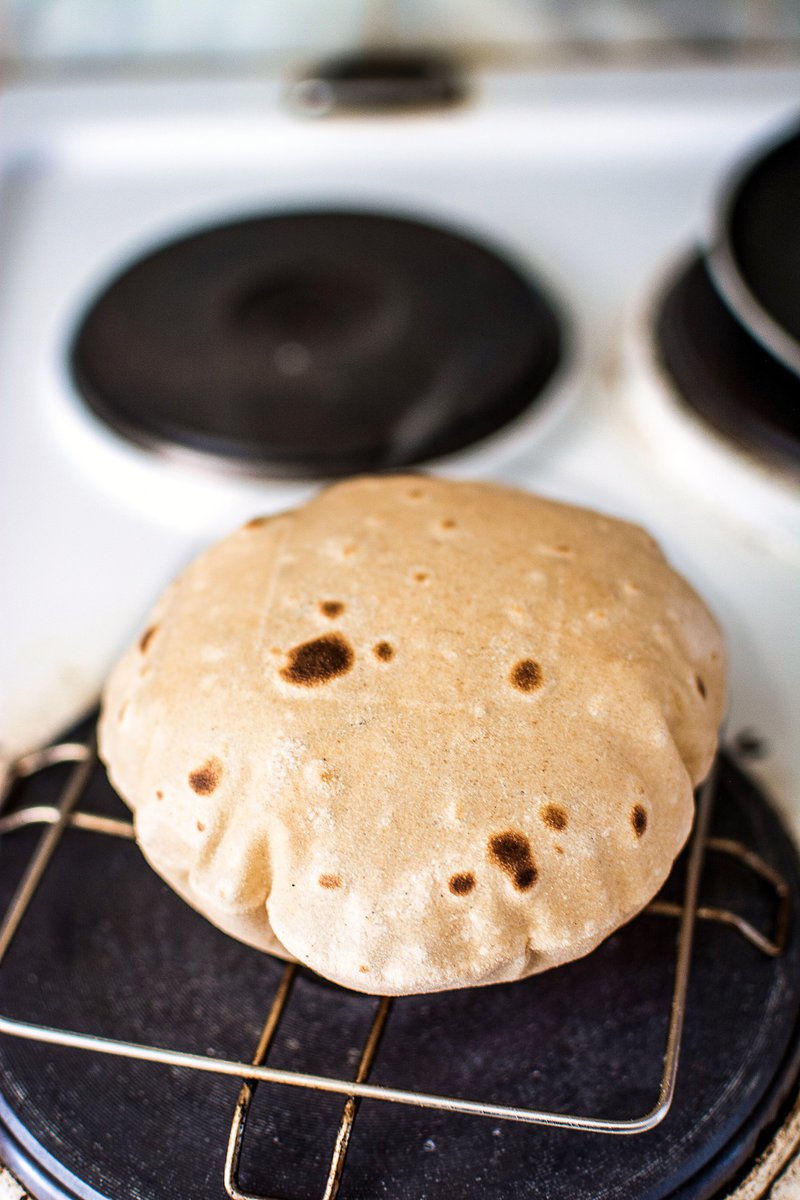
This Roti
-
is simple & easy to make
-
is a healthy & nutritious bread
-
goes well with any curry
-
is a good source of carbohydrates and fiber
-
can be packed for lunch
-
stays soft for hours
-
is made using only 2 main ingredients
-
is vegetarian
-
can also be made vegan
-
is very versatile
-
is a staple food from Indian cuisine
-
can be customized for dietary preference
Ingredients
Whole Wheat Flour: Atta, also known as whole wheat flour, is the main ingredient of this flatbread recipe and gives it an earthy taste. So, make sure to use high-quality atta or whole wheat flour to get the best taste.
For those wondering which flour is best for this bread, traditional atta flour available at Indian grocery stores is the best for making chapati.
Water: This is the main liquid you will need to make the dough. The amount of water depends on the type of wheat flour you are using, so make sure you start with a little, gradually adding more until you achieve a soft, pliable dough.
Salt (optional): A pinch of salt enhances the taste of this flatbread, but adding salt is totally optional. Some add it, while others make it without salt.
What is Roti
Roti is a common name for Indian unleavened flatbread made with whole wheat flour.
This Indian flatbread, also known as Chapati or Phulka throughout the country.
Roti is a name for bread in the Hindi language. Chapati comes from the word ‘chapat’, which means flat. So, chapati is simply known as flatbread. Phulka means puffed up in Hindi. Names are different, but the final product is 99% the same.
The 1% difference comes from different rolling and cooking techniques.
This flatbread is made in every part of India, but it is a staple food in the northern part of India. I don’t make it every day, but my Mom still makes them every day for lunch and dinner.
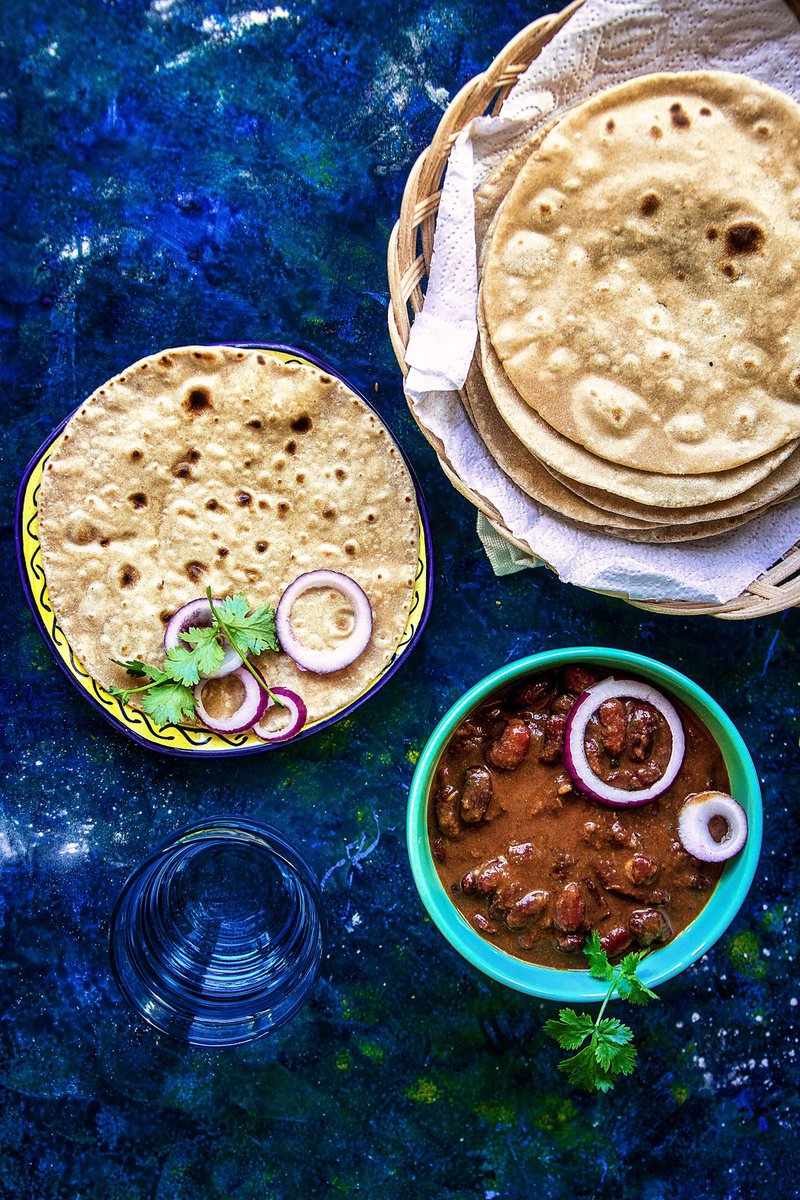
How to make soft roti step by step
Making soft Roti or Chapati is quick and easy. It only requires making dough, rolling, and cooking. Also, it is made with a few ingredients.
The basic dough is made from ‘atta’, whole wheat flour (durum wheat flour), salt, and some water. However, my mom used to add some salt, so I also do that. This makes the roti tastier. However, you can skip the salt part if you wish.
Rotis are rolled first and then get roasted on a hot tava, or tawa/pan. And then they are cooked right on the fire until they are puffed and have nice brown spots.
And I also apply some oil/ghee on the dough; this ensures that your rotis will be soft even after cooling down. To make them even softer, apply ghee or butter when they are hot.
It is traditionally cooked on a cast iron tawa, which distributes heat evenly. The process is fascinating to watch: as the roti cooks, small brown spots appear, signaling it’s time to flip. The real magic happens when the roti puffs up, creating a light and airy interior.
How to roll perfect Roti
In current times, Rotis are simply rolled with the rolling pin like any other flatbread. Some people like to roll it with a rolling pin, and others like to make it with the palm, by patting and pressing the dough ball between palms to shape it into a circle.
However, ancient women only used this palm technique to make roti. They never used any rolling pin aka belan for making roti.
Some women still use this rolling technique, especially with thick flatbread such as Makki Ki Roti, or Khoba Roti. It is indeed a time-taking process. My grandmother also used to make chapati with hands occasionally.

Cooking Techniques: How is Roti Cooked
This flatbread can either be cooked on the tawa or a griddle. Some like to cook them on a tawa aka griddle first and then cook it directly on the open flame. The roti gets puffed up when they come directly in contact with flame or heat.
Others like to cook roti entirely on a pan. Rotis also get puffed up on tawa. No matter which technique you use out of these two, both techniques will get you nice and puffed rotis. Here I am sharing both cooking methods in the video embedded in this post.
Serving suggestions
This homemade Indian flatbread Roti can be served with any of your favorite curry, or mix veg, dal, or even with chutney or pickle. You name a spicy dish, and you can pair it with that.
To make a complete meal, you can also serve it as part of an Indian thali along with jeera aloo, baingan bharta, toor dal tadka, peach chutney, pineapple raita, papad, besan mirchi ke tipore, chickpea salad, and Mathura peda.
Wondering what curries you can serve with this roti? Here are some side dishes that can be served with chapati: Andhra-Style Poached Egg Curry, Paneer Afghani, Paneer Pasanda, Paneer Jalfrezi, Tawa Paneer, Kaju Masala, Potato Onion Curry, and Restaurant Style Matar Paneer Curry.
Storing Suggestions
Storing Roti or chapati is very simple.
This flatbread tastes best when they are fresh out of the tawa. But if you are not eating them right away, then I would suggest you keep cooked rotis on a wire rack to cool down.
Once they are cooled down, simply wrap them in paper towels or tissue first and then in a muslin cloth or kitchen napkin. You can also wrap them in paper foil.
After that, transfer them to an air-tight container and store them at room temperature. Chapati stays fresh for 4-5 hours. They can be refrigerated for a few days or frozen for longer storage.
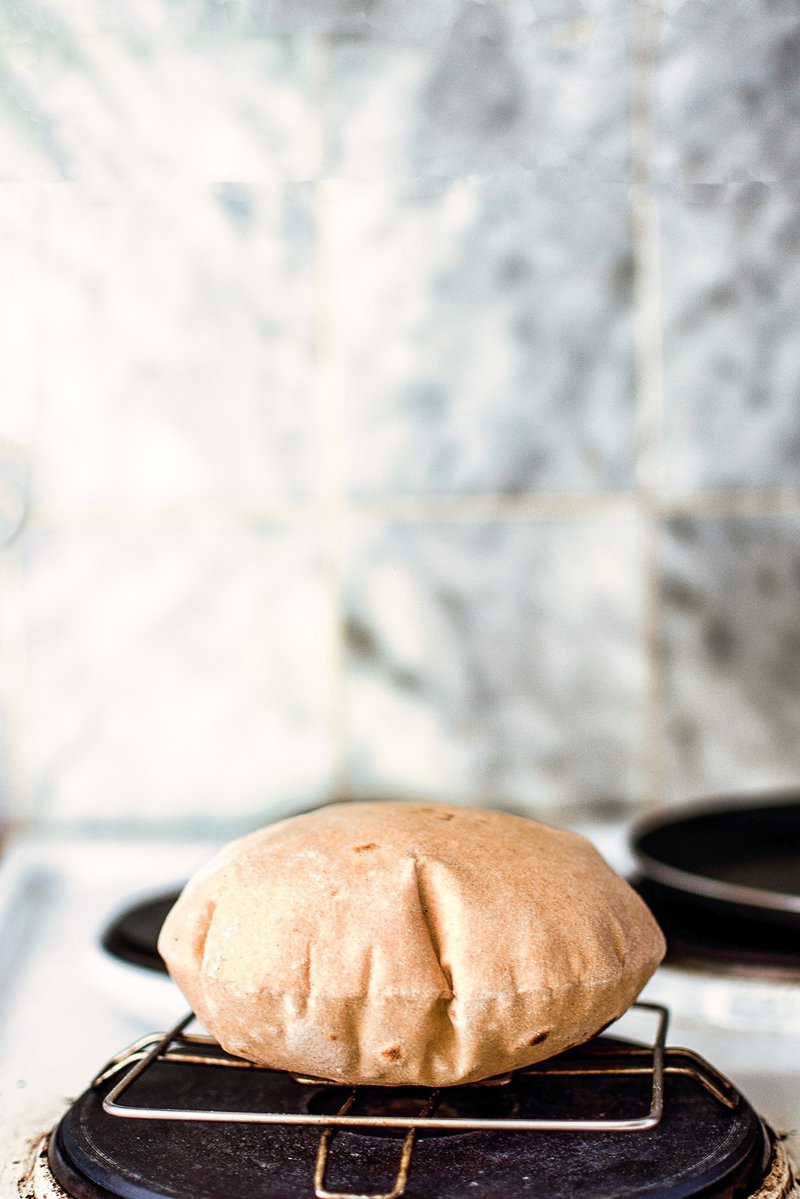
Anupama’s expert Tips & Tricks for Soft Roti or Phulka
-
Warm Water: The temperature of water plays a crucial role in making chapati. For better gluten development, use lukewarm water to knead the dough.
-
Kneading: Kneading the dough with knuckles and the heel of the palm is a crucial step in making soft rotis. Keep kneading dough using your hands until it’s smooth and pliable. The dough should be stretchable. Kneading would take about 10 minutes.
-
Stand mixer: If you don’t want to spend time kneading dough, then you can easily knead the chapati dough using a stand mixer.
-
Dough Consistency: The dough should be soft but not sticky. Add water gradually and knead into a soft dough. If accidentally you’ve added more water, you can adjust the flour as needed.
-
Resting the dough: After you knead the dough, cover it with a kitchen tissue or a damp paper towel and allow the dough to rest for at least 30 minutes. It is the key to soft, easy-to-roll rotis.
-
Rolling Technique: A rolling pin and board are essential equipment for rolling roti. Apply even pressure while rolling and use dry flour to prevent sticking. The perfectly rolled rotis requires patience and practice. Go for even thickness and a round shape, but don’t worry about perfection.
-
Cooking Temperature: A hot cast iron pan (tawa) is crucial for getting that perfect puff and soft texture. Heat the pan on medium heat. Also, make sure to keep the flame on high when cooking roti directly on flame.
-
Customizable: You can add a variety of ingredients like vegetables, or spices or a mix of different flours. For example, you can add avocado to the roti dough for making avocado roti, or add some spinach puree to make palak roti.
-
Oil/Ghee: I like to apply some oil or ghee to the dough. This step ensures that the rotis stay soft even after cooling down. To make them even softer, apply ghee or butter when they are hot.
-
Shaping balls: Nice and smooth balls make soft flatbread. Divide the dough into equal pieces and roll each dough ball to a smooth round and crack-free ball. Once the round dough ball is shaped, press it lightly on the work surface to make it a little flat. When you are working with one dough ball, make sure that you keep other dough balls covered to avoid drying.
-
Dry Flour Dusting: Dust the flattened dough ball with dry flour. This makes roti rolling easier and prevents sticking.
FAQs
Can You Make Roti Vegan?
Yes, traditional roti recipes are inherently vegan, using only whole wheat flour and water. Applying ghee on this cooked Indian flatbread is optional. You can also use vegan ghee to smear on cooked phulka.
Which flour is best for making roti?
Traditional roti made of Whole wheat flour or gehun ka atta is traditionally used for making roti. However, you can also make roti using all-purpose flour, bread flour or plain flour.
Why didn’t my roti puff?
There might be some reasons that your roti may not have puffed. It could be due to insufficient kneading, incorrect dough consistency, the pan not being hot enough, or not flipping it at the right time.
Why is my roti crispy?
Your chapati will turn out crispy if you’ve rolled it too thin, cooked it too long, or the dough lacked enough moisture.
What is the Difference Between Roti and Paratha?
Paratha is typically layered flatbread cooked with oil/ghee. It is richer and flakier than roti.
Is Roti the Same as Naan?
No, roti and naan are two entirely different breads. Naan is a leavened bread made with all-purpose flour and often cooked in a tandoor.
Does Roti Freeze Well?
Absolutely! Rotis freeze well. To freeze, let the cooked roti cool, then stack rotis with a paper towel between each roti to absorb moisture.
Wrap each stack with plastic wrap or transfer them to a freezer-safe bag and freeze for up to 2 months. When you want to serve, thaw them at room temperature and reheat them in a tawa or microwave.
Can I reheat chapati?
Yes, reheating roti is possible and it is fairly simple. Reheating them is so easy if you are carrying them in your lunch box. Simply reheat rotis for 15 seconds in the microwave. Alternatively, you can even re-heat them on the tawa.
If you don’t want to re-heat, then you can also eat them as they are. They would still taste good.
What is the right size and thickness for rotis?
Rotis are made in all sizes, from very small to very large. Thickness and thinness also vary.
I usually make a medium-sized chapati which has a slightly thinner side. No matter what size and thickness you are choosing for making rotis, just remember that a good roti should remain soft after cooling down.
Let’s learn How to make Soft Rotis or Chapati
Roti Recipe - How to Make Roti/Chapati (Step-by-step photo instructions)
Make Roti Dough:
- In a large mixing bowl, add whole wheat flour and salt and mix thoroughly.
- Add enough warm water and start mixing and knead to make a smooth dough.
- Knead the dough with your fist and knuckles till it is soft. Roti dough should be really smooth and elastic. Kneading would take about 10 minutes. (You can also knead the dough in a food processor).
- Smear a little oil over the dough.
- Cover the dough with a kitchen towel and set aside for 30 minutes.
- Once the dough has rested for 30 minutes, knead it again for a few seconds.
- Divide the dough into 11-12 pieces and roll them between the palms to make lemon-sized balls.
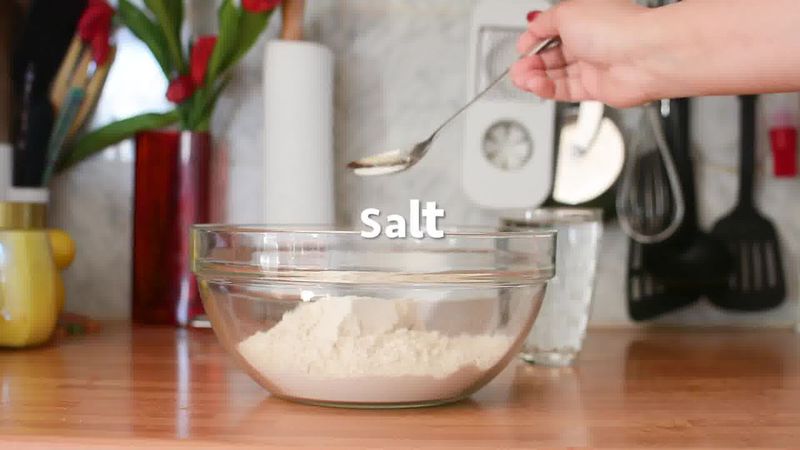
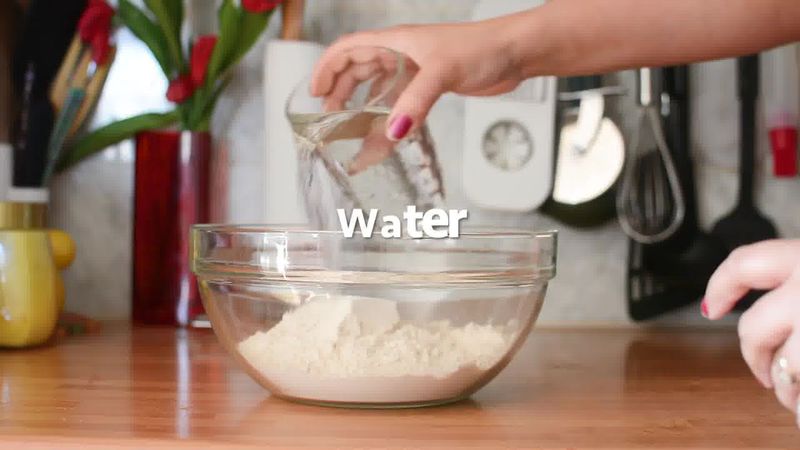


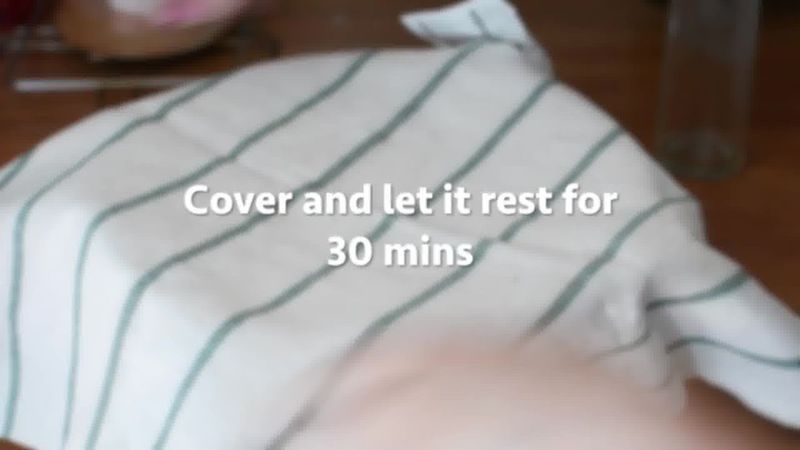

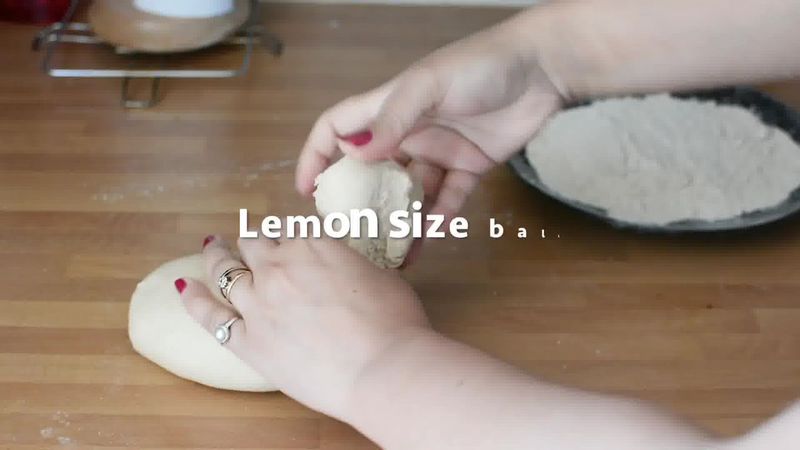
Roll Roti:
- Dip one dough ball into some dry flour and flatten it.
- Using a rolling pin, roll it with light hands into a thin flat circle of about 6-7″ diameter.
- Roll all the rotis the same way. Keep them covered.
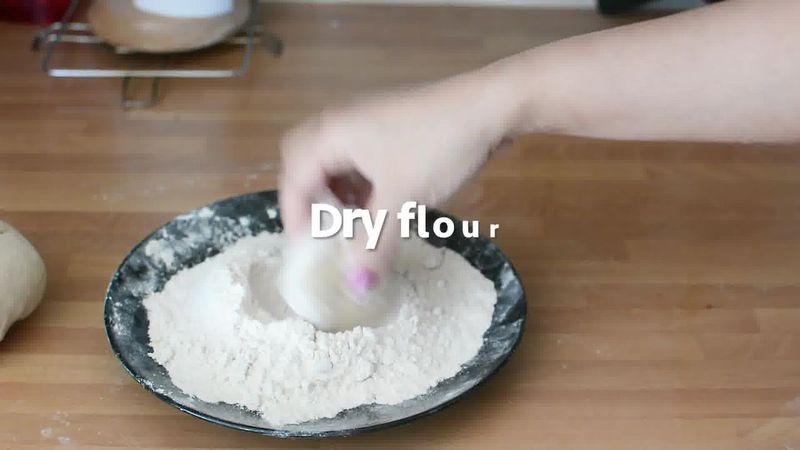
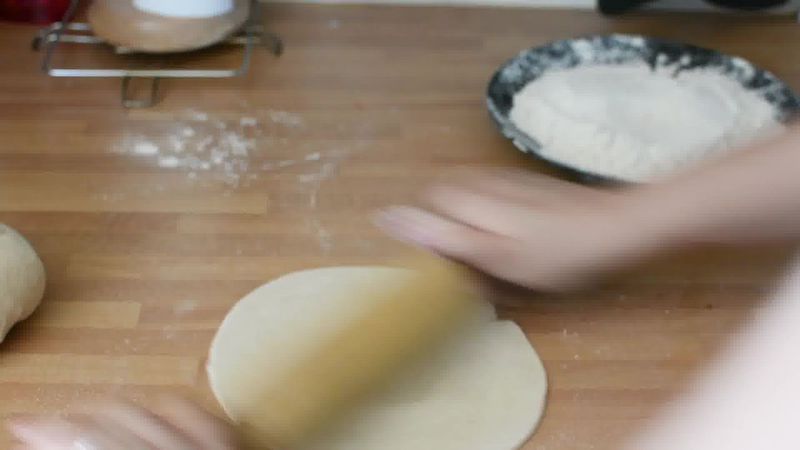

Cook Roti on the Flame:
- Heat a tawa/pan.
- Once the pan is hot, put the rolled roti (dough circle) on it.
- When you see bubbles forming, flip it and cook on the other side for a few seconds or until you see brown spots.
- Hold roti with a tong and place it directly on the flame.
- At this point, your roti should start to puff. Flip it and cook on the other side too.
- Brush cooked roti with ghee and serve hot with curry, or dal. If using later, then keep it aside covered with a muslin cloth.






Cook Roti on the induction and electric stove:
- Heat a tawa/pan.
- Once the pan is hot, put the rolled roti on it.
- When you see bubbles forming, flip it and cook on the other side for a few seconds or until you see brown spots.
- Put a roti stand directly on the induction/electric.
- Hold roti with a tong and place it directly on the flame. At this point, your roti should start to puff. Flip it and cook on the other side too.
- Brush cooked roti with ghee and serve hot with curry, or keep it aside covered with a muslin cloth.

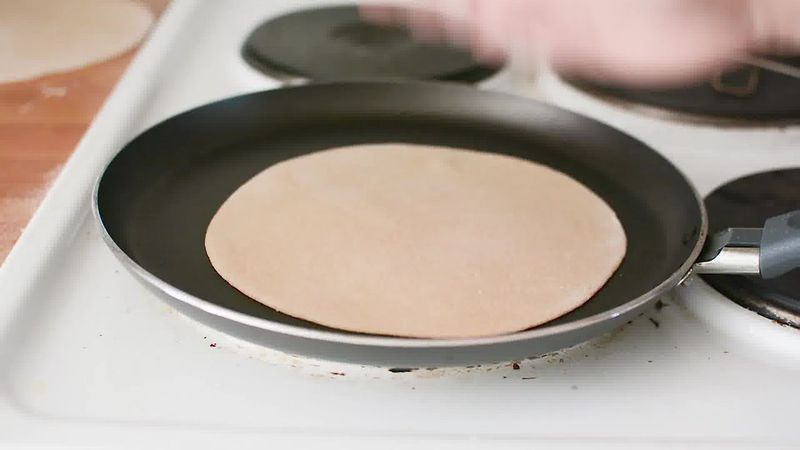

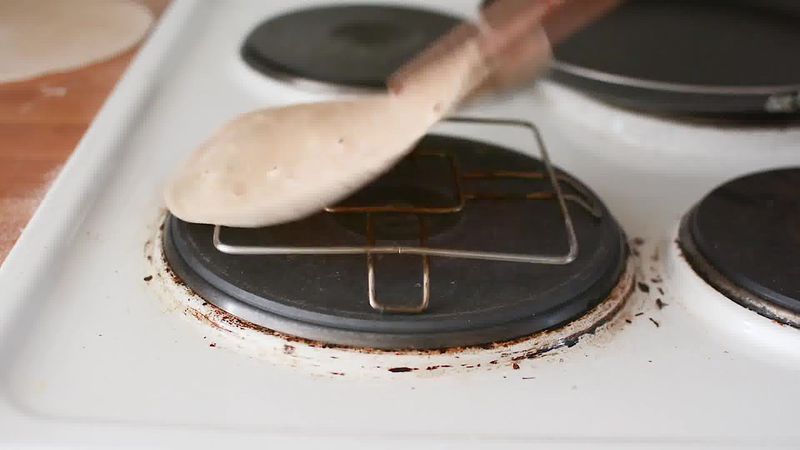
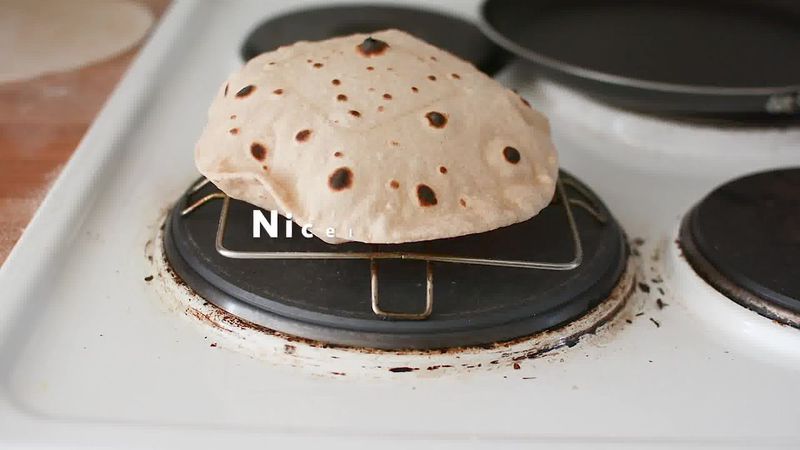
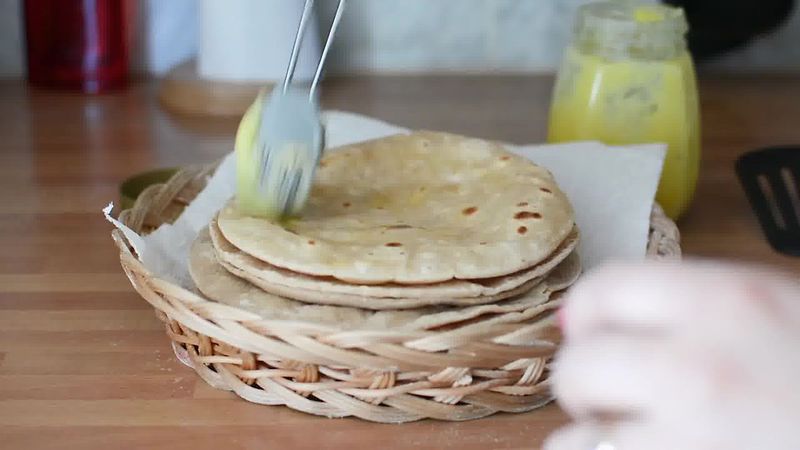
Cook Roti on a pan:
- Heat a tawa or a pan over medium heat.
- Once the pan is hot, put the rolled dough circle (roti) on it.
- When you see bubbles forming, flip it and cook on the other side for a few seconds or until you see brown spots.
- Now lightly press down with the back of a spatula. This pressing will help the roti to puff up.
- At this stage, your roti should start puffing. Keep pressing lightly till the entire roti is puffed. Flip it and cook from the other side too.
- Brush cooked roti with ghee and serve hot with sabji, and dal, or keep it aside covered with a muslin cloth.
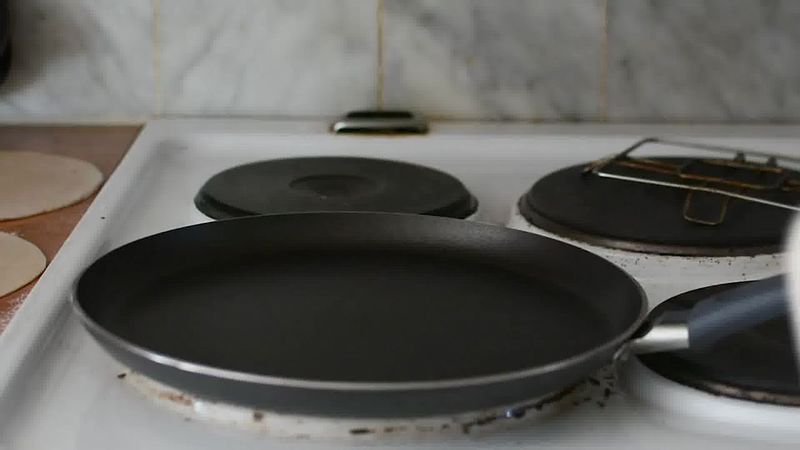

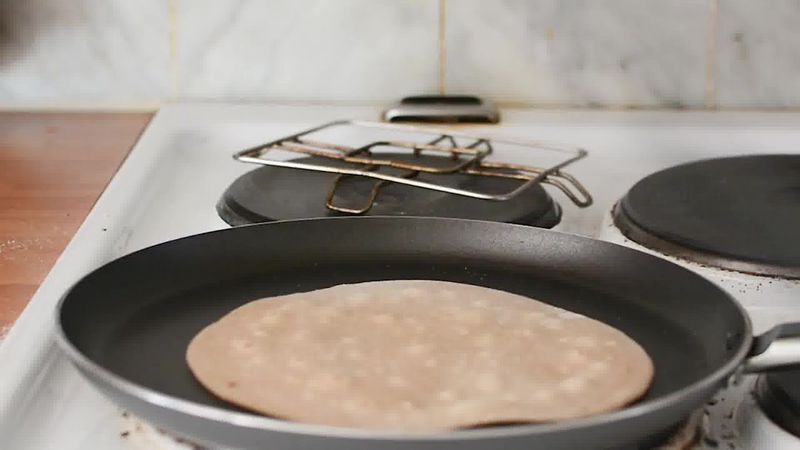


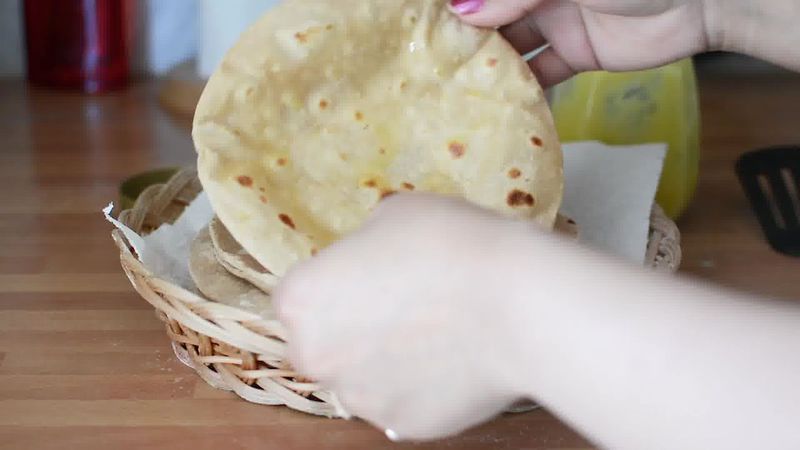
Recipe Card
Roti Recipe - How to Make Roti/Chapati [Recipe]
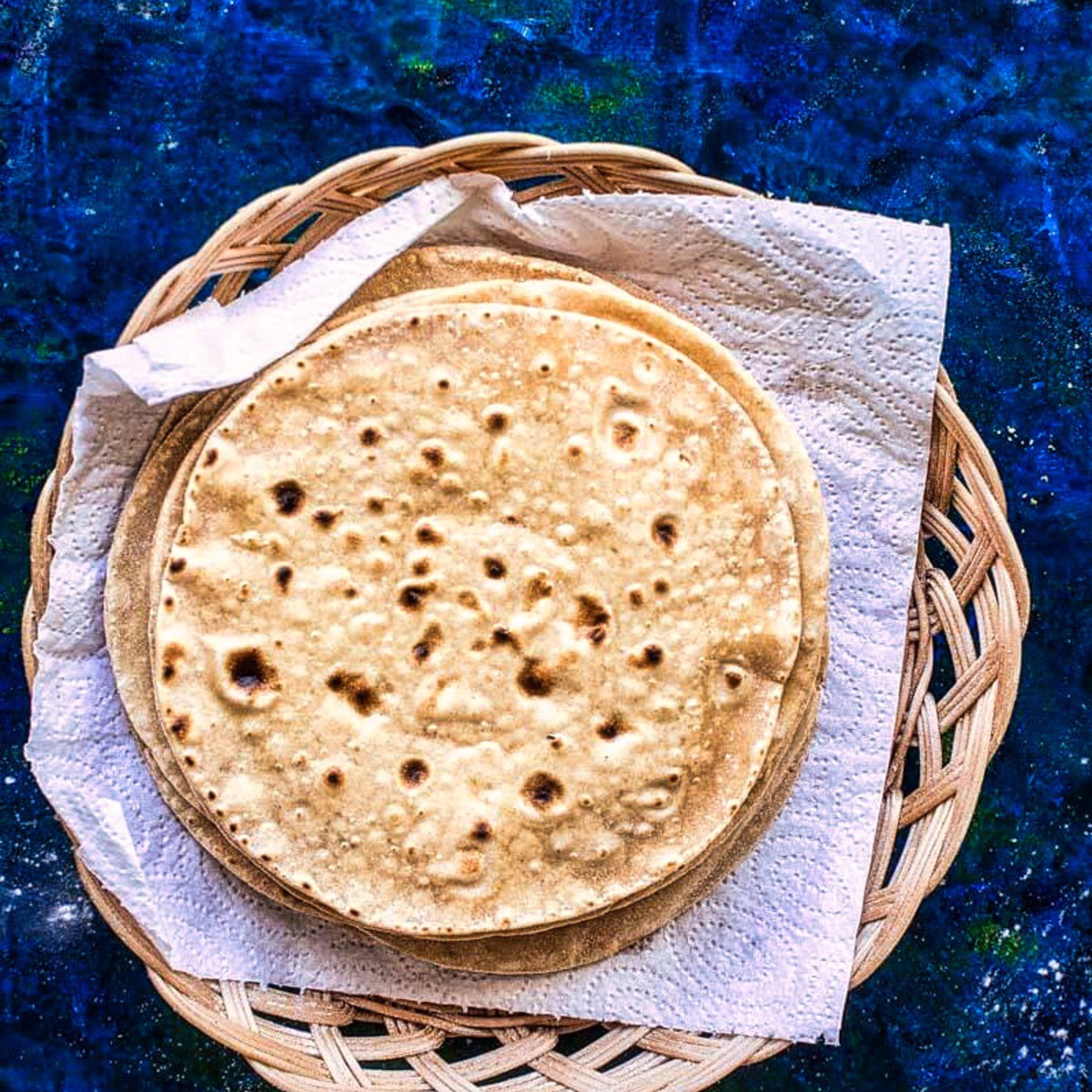
★★★★★
(Rating: 5 from 179 reviews)
| Prep time 🕐 | Cook time 🕐 | Total time 🕐 |
|---|---|---|
| 30 mins | ||
| Category ☶ | Cuisine ♨ | Serves ☺ |
| Breads | Indian | 12 |
| Nutrition Info ⊛ | Serving size ⊚ | |
| 125 calories | 1 |
INGREDIENTS
Ingredients For Roti Recipe:
- 2 cups whole wheat flour
- 1/2 cup warm water or more if needed
- 1/8 teaspoon salt (optional)
- A few drops of oil (optional)
- 2-3 teaspoons of ghee for brushing
INSTRUCTIONS:
Make Roti Dough:
- In a large mixing bowl, add whole wheat flour and salt and mix thoroughly.
- Add enough warm water and start mixing and knead to make a smooth dough.
- Knead the dough with your fist and knuckles till it is soft. Roti dough should be really smooth and elastic. Kneading would take about 10 minutes. (You can also knead the dough in a food processor).
- Smear a little oil over the dough.
- Cover the dough with a kitchen towel and set aside for 30 minutes.
- Once the dough has rested for 30 minutes, knead it again for a few seconds.
- Divide the dough into 11-12 pieces and roll them between the palms to make lemon-sized balls.
Roll Roti:
- Dip one dough ball into some dry flour and flatten it.
- Using a rolling pin, roll it with light hands into a thin flat circle of about 6-7″ diameter.
- Roll all the rotis the same way. Keep them covered.
Cook Roti on the Flame:
- Heat a tawa/pan.
- Once the pan is hot, put the rolled roti (dough circle) on it.
- When you see bubbles forming, flip it and cook on the other side for a few seconds or until you see brown spots.
- Hold roti with a tong and place it directly on the flame.
- At this point, your roti should start to puff. Flip it and cook on the other side too.
- Brush cooked roti with ghee and serve hot with curry, or dal. If using later, then keep it aside covered with a muslin cloth.
Cook Roti on the induction and electric stove:
- Heat a tawa/pan.
- Once the pan is hot, put the rolled roti on it.
- When you see bubbles forming, flip it and cook on the other side for a few seconds or until you see brown spots.
- Put a roti stand directly on the induction/electric.
- Hold roti with a tong and place it directly on the flame. At this point, your roti should start to puff. Flip it and cook on the other side too.
- Brush cooked roti with ghee and serve hot with curry, or keep it aside covered with a muslin cloth.
Cook Roti on a pan:
- Heat a tawa or a pan over medium heat.
- Once the pan is hot, put the rolled dough circle (roti) on it.
- When you see bubbles forming, flip it and cook on the other side for a few seconds or until you see brown spots.
- Now lightly press down with the back of a spatula. This pressing will help the roti to puff up.
- At this stage, your roti should start puffing. Keep pressing lightly till the entire roti is puffed. Flip it and cook from the other side too.
- Brush cooked roti with ghee and serve hot with sabji, and dal, or keep it aside covered with a muslin cloth.
WATCH RECIPE VIDEO: Click the play button and video will load ...
NOTES:
- I like to apply some oil or ghee to the dough. This step ensures that the rotis stay soft even after cooling down. To make them even softer, apply ghee or butter when they are hot.


